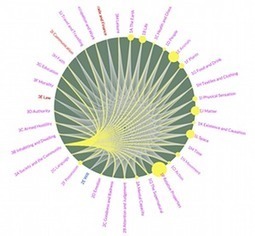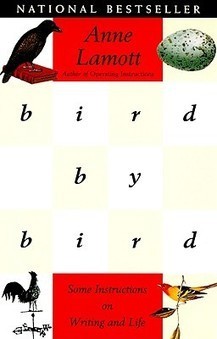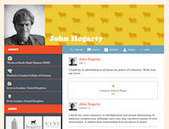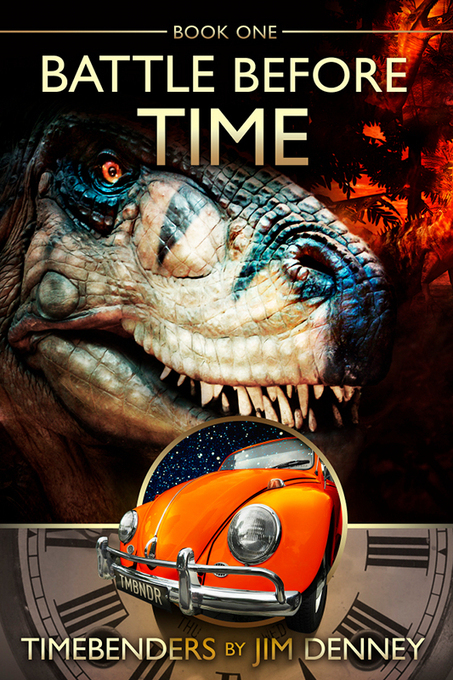Metaphor is not the sole preserve of Shakespearean scholarship or high literary endeavour but has governed how we think about and describe our daily lives for centuries, according to researchers at Glasgow University.
Experts have now created the world’s first online Metaphor Map, which contains more than 14,000 metaphorical connections sourced from 4m pieces of lexical data, some of which date back to 700AD.
While it is impossible to pinpoint the oldest use of metaphor in English, because some may have been adopted from earlier languages such as Germanic, the map reveals that the still popular link between sheep and timidity dates back to Old English. Likewise, we do not always recognise modern use of metaphor: for example, the word “comprehend” comes from Latin, where it meant to physically grasp an object.
The three-year-long project to map the use of metaphor across the entire history of the English language, undertaken by researchers at the School of Critical Studies, was based on data contained in the Historical Thesaurus of English, which spans 13 centuries....



 Your new post is loading...
Your new post is loading...












aggiungi la tua intuizione ...
We work with metaphors all the time, and for teachers of English literature, having a good grasp of metaphors is even more important. But then metaphors are symbols and like symbols, metaphors can cover a large number of ideas and concepts. No wonder therefore that using metaphors can help communicate complex ideas and concepts more effectivley than verbal descriptions or written descriptions that go on and on and yet are not able to communicate the intended information. I somehow connect metaphors with the heading in a mind map.